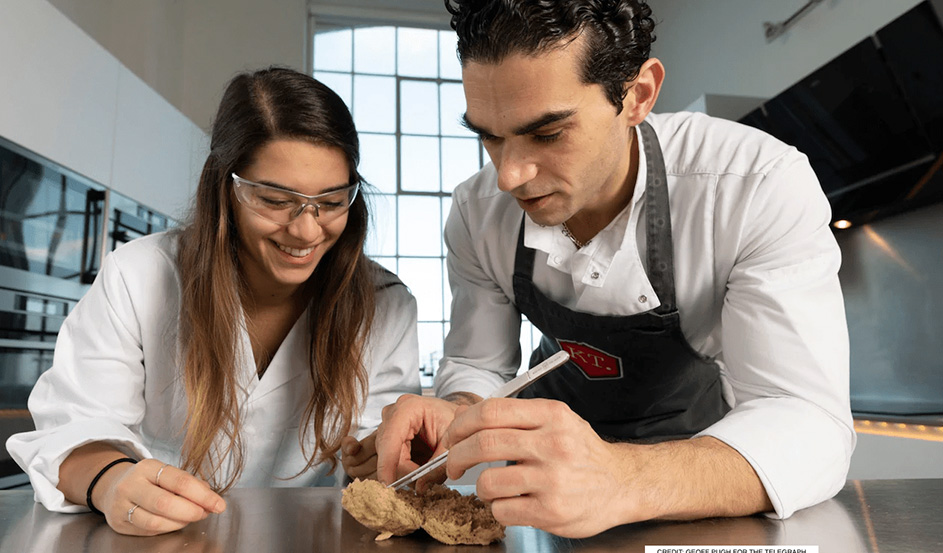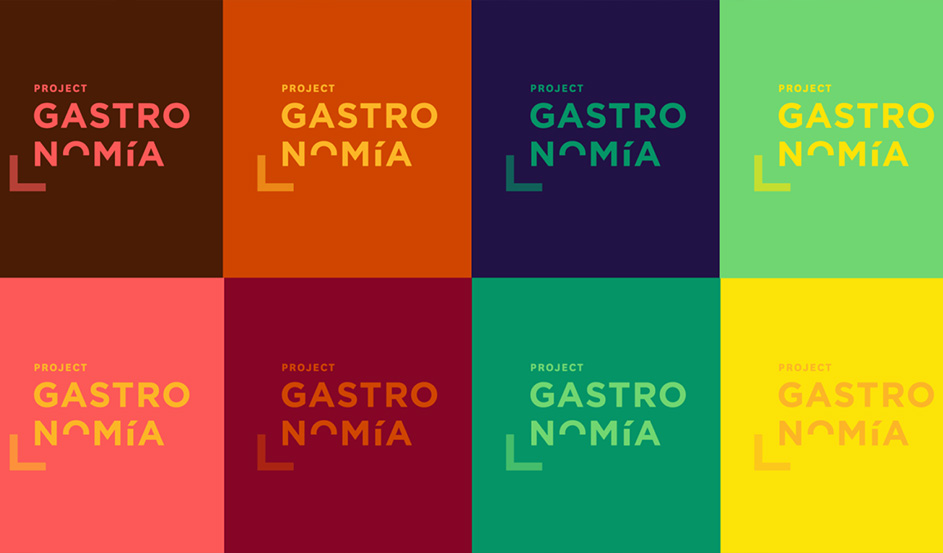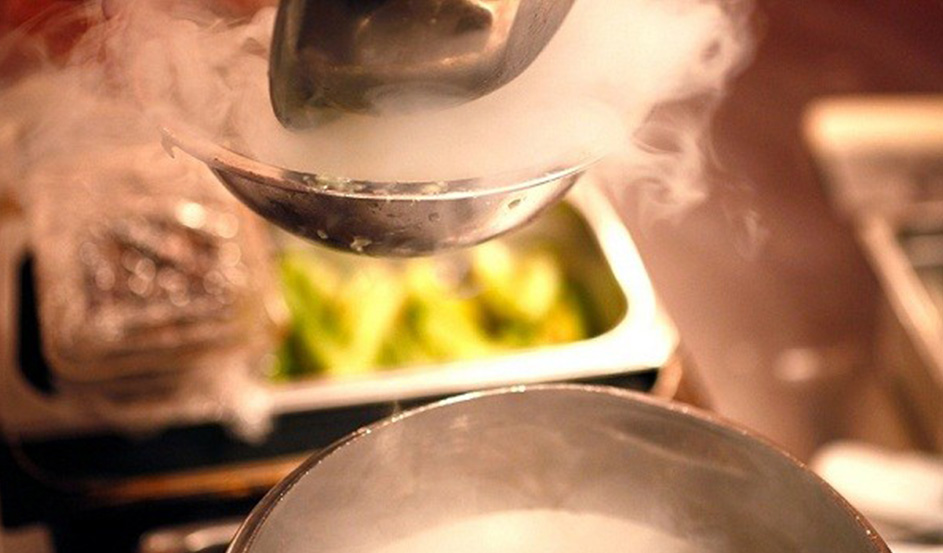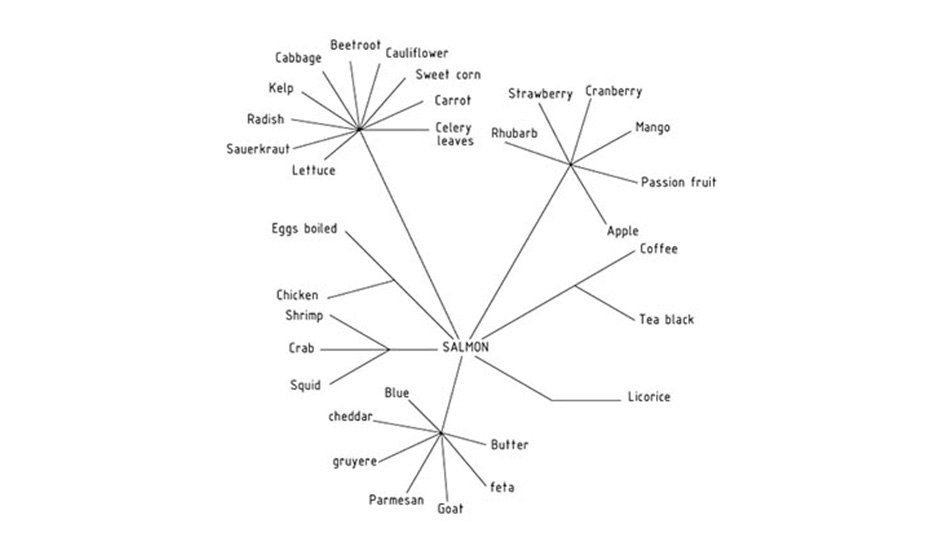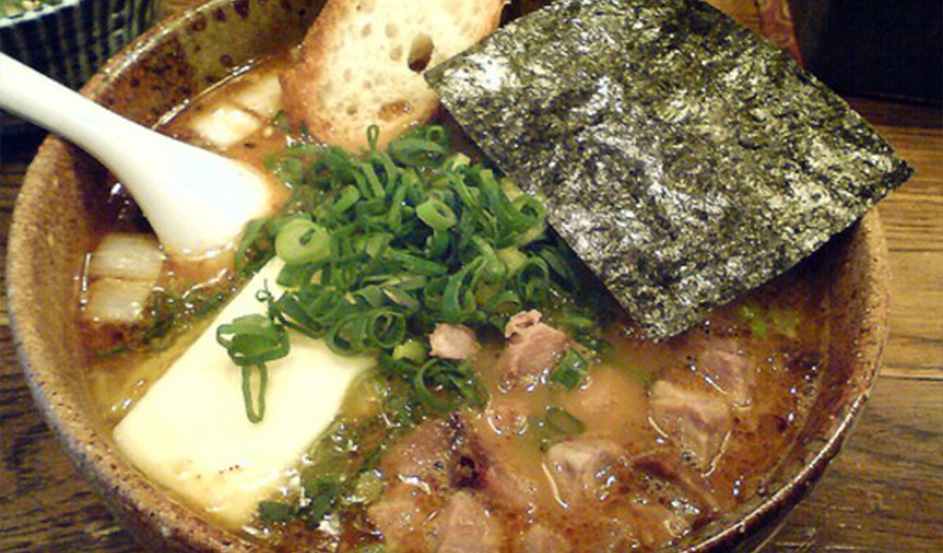DEFINING MOLECULAR GASTRONOMY
Since the term ‘molecular gastronomy’ became popularised by the media – mainly in relation to the activities and culinary innovations of a small number of chefs around the world – its true meaning and […]
INNOVATION IN EDUCATION AT IMPERIAL COLLEGE
As of Autumn 2019 Imperial College’s Chemistry students will take part in an innovative new module designed with Kitchen Theory that mixes chemistry lab skills with modernist culinary techniques. Over […]
SPACE TOURISM
What holiday would be complete without good food? Your children and grandchildren (perhaps even you) may one day get to book a ride into space, and it is becoming more […]
CELEBRITY CHEFS ARE DEAD – WELCOME TO 2050
The Background Many historians say that restaurants emerged out of the French revolution, by chefs who were out of a job at the grand palaces where their innovative nouvelle cuisine […]
LONDON’S FIRST COLLABORATIVE GASTRONOMIC CONFERENCE – PROJECT GASTRONOMIA
At Kitchen Theory we have a keen interest in the psychological/multisensory aspects of eating, dining and flavour perception. Essentially the research in this field has provided us with a growing […]
FLAVOUR NETWORK AND PRINCIPLES OF FOOD PAIRING
Some years ago, while experimenting with salty foods and chocolate, chef Heston Blumenthal discovered that white chocolate and caviar taste rather good together. To find out why, he had the […]
HYDROCOLLOID BASICS
A colloid is a substance microscopically dispersed evenly throughout another substance. A colloidal system consists of two separate phases: a dispersed phase (or internal phase) and a continuous phase (or dispersion medium). A colloidal system may be solid, liquid, or […]
UMAMI – MAKING FOOD TASTE DELICIOUS
Taking its name from Japanese, umami is a pleasant savoury taste imparted by glutamate, a type of amino acid, and ribonucleotides, including inosinate and guanylate, which occur naturally in many […]
YOU CAN’T DICTATE CULTURE — BUT YOU CAN INFLUENCE IT
Taking its name from Japanese, umami is a pleasant savoury taste imparted by glutamate, a type of amino acid, and ribonucleotides, including inosinate and guanylate, which occur naturally in many […]



